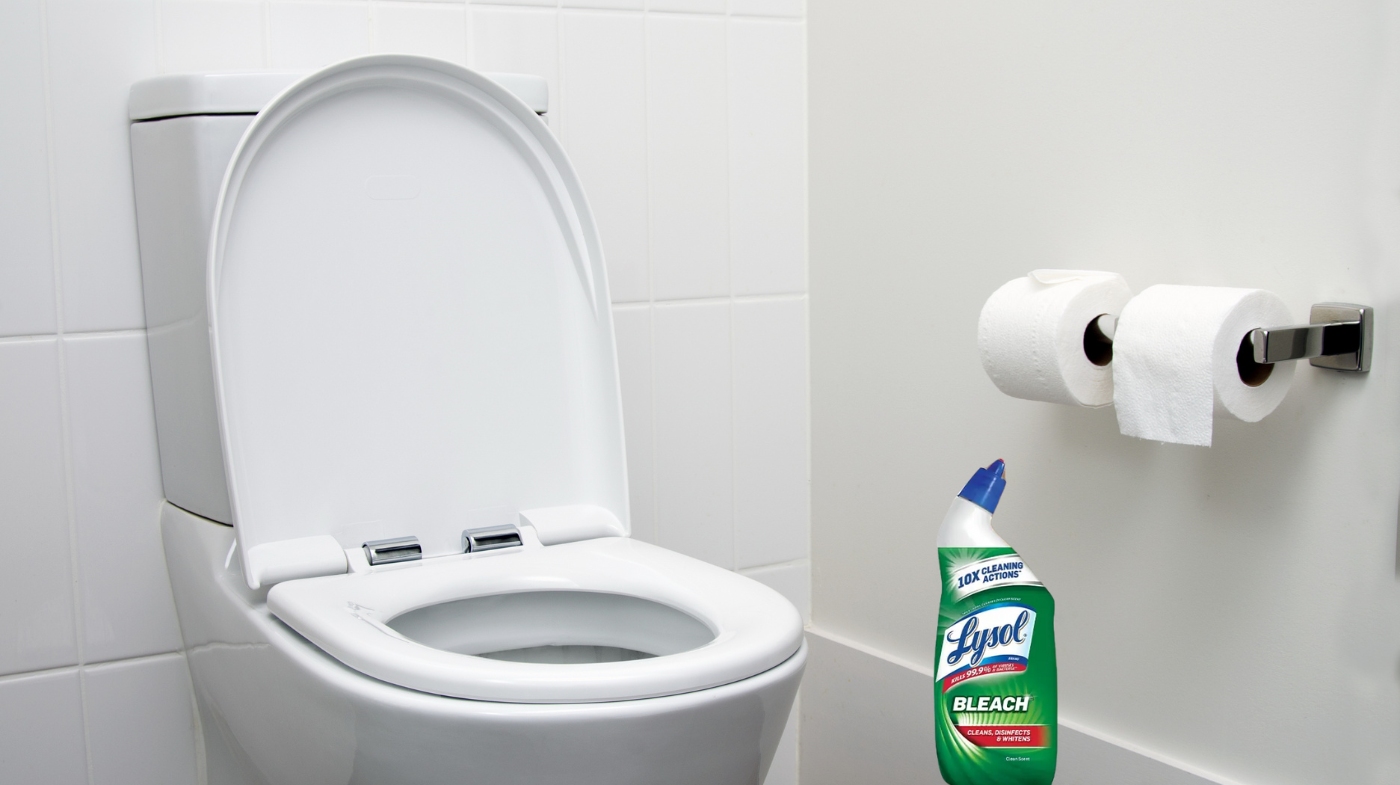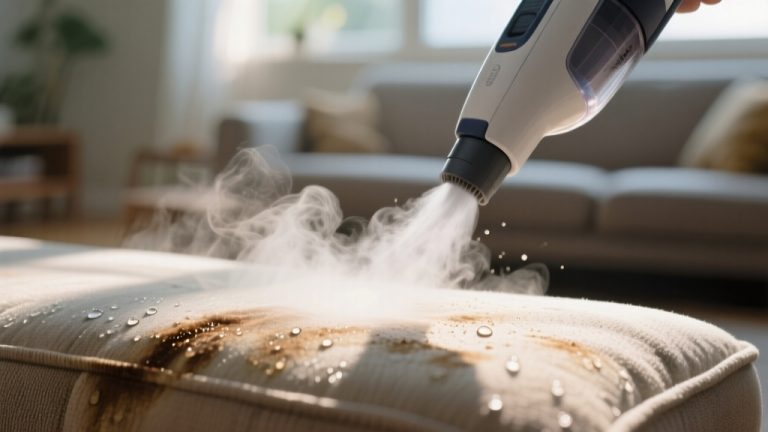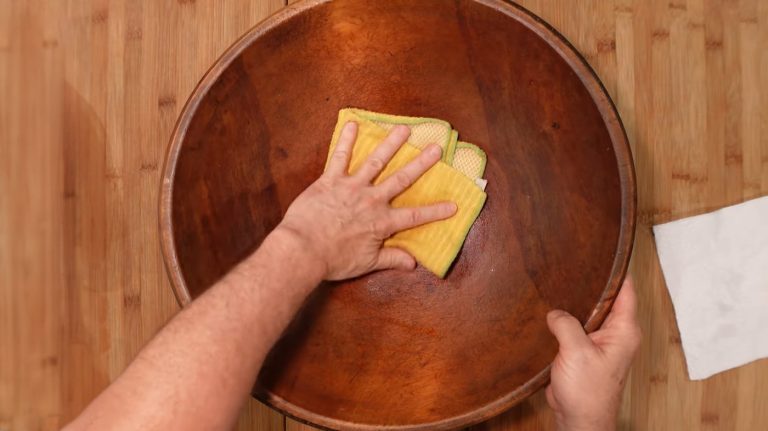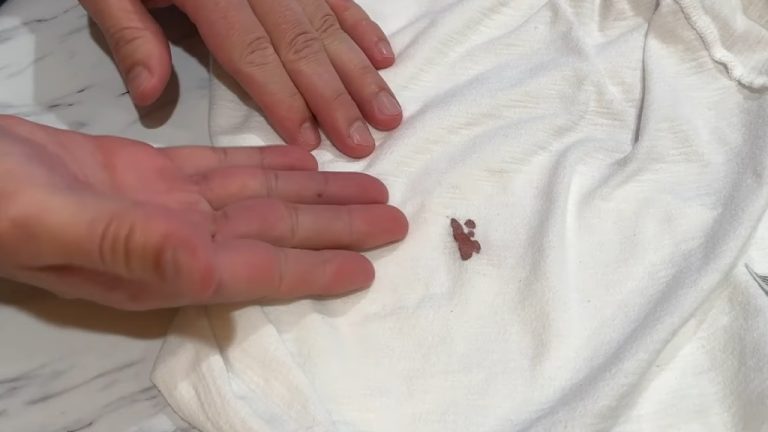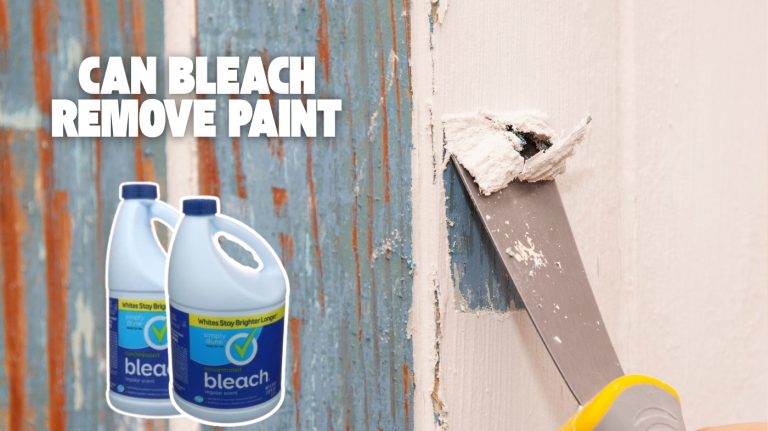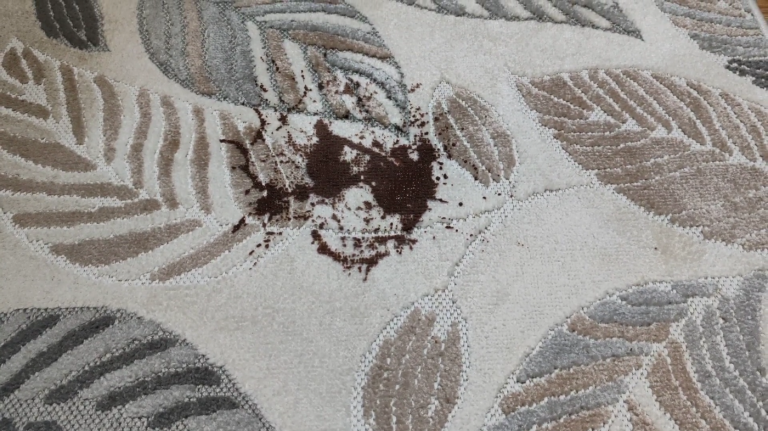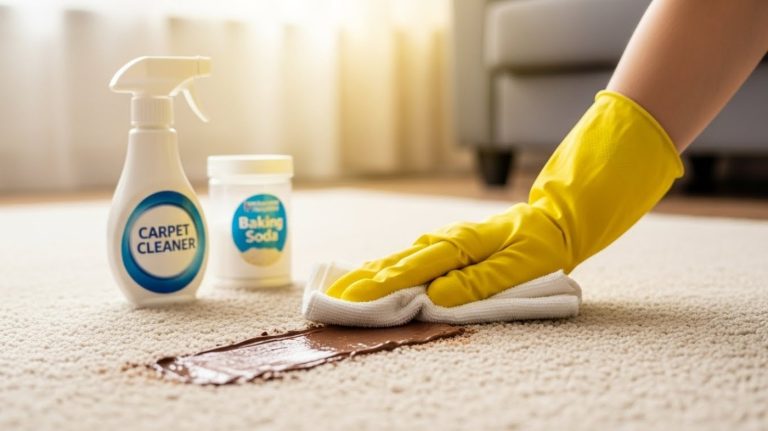Does Bleach Unclog a Toilet? Uncover the Truth Behind It
You can use bleach to help soften and partially break down organic clogs in your toilet since it releases oxygen molecules that oxidize waste.
It also disinfects and removes stains, making it useful for maintenance. For best results, pour 1 to 3 cups slowly, add hot water, and let it sit for 10 minutes before flushing.
However, bleach alone may not clear tough blockages, so exploring proper techniques and alternatives can improve effectiveness.
Key Takeaways
- Bleach releases oxygen molecules that help oxidize and break down organic waste causing clogs in toilets.
- It can soften and dissolve some types of soft clogs, improving water flow in the toilet bowl.
- For best results, pour 1-3 cups of bleach, add hot water, and let it sit for at least 10 minutes before flushing.
- Bleach is mainly a disinfectant and stain remover, so it may not clear severe or solid blockages effectively.
- Avoid repeated bleach use on persistent clogs to prevent potential plumbing damage; consider a plunger or auger for tough clogs.
How Bleach Works to Clear Toilet Clogs?
Bleach works to clear toilet clogs by releasing oxygen molecules that oxidize and break down organic waste, toilet paper, and debris causing blockages.
This chemical reaction dissolves materials responsible for soft clogs, improving water flow. Clogged toilets can lead to unsanitary conditions and water damage if not addressed promptly.
Sodium hypochlorite, the active compound in bleach, acts as both an oxidizer and disinfectant, killing bacteria, viruses, and fungi commonly present in toilets.
To maximize effectiveness, pour about two cups of bleach into the bowl and let it sit for at least 10 minutes, allowing oxidation to loosen the clog.
Combining bleach with hot water can enhance breakdown of waste. However, bleach targets only organic blockages; it won’t clear hard or non-degradable obstructions.
Use caution when handling bleach due to its strong chemical nature and avoid mixing it with incompatible substances.
Advantages of Using Bleach for Toilet Maintenance
Maintaining a hygienic toilet environment requires effective disinfectant action, and you’ll find few agents as powerful as bleach in killing bacteria, viruses, fungi, and other pathogens.
Bleach excels in eliminating germs that cause illness and fouling, surpassing many conventional cleaners in antimicrobial efficacy.
It also removes stubborn stains like rust and mildew by breaking down organic deposits, restoring the toilet’s whiteness and visual cleanliness.
However, it is important to note that bleach should be avoided on rust stains, as it can worsen them due to its oxidizing properties.
Additionally, bleach eradicates mold and mildew, preventing structural damage and unpleasant odors while improving indoor air quality.
Economically, bleach is affordable, widely accessible, and efficient, disinfecting and cleaning in one step. When used properly, it minimizes wear by preventing grime buildup, helping maintain toilet durability.
This combination of powerful sanitation, stain removal, mold control, and cost-effectiveness makes bleach a practical choice for routine toilet maintenance.
Proper Techniques for Applying Bleach in Toilets
To get the most out of bleach for toilet care, you need to apply it correctly. First, bail out water if the level is high to prevent overflow.
Pour 1 to 3 cups of bleach slowly into the bowl, then add hot (not boiling) water to enhance clog dissolution.
Bleach releases oxygen molecules that oxidise and break down waste, making it easier to wash away.
Let bleach sit for 10 minutes before flushing. Avoid immediate reapplication if clog persists to protect plumbing.
| Step | Action | Tip |
|---|---|---|
| Preparation | Bail out excess water | Use gloves and ventilate |
| Application | Pour bleach + hot water | Pour slowly to minimize splash |
| Post-application | Wait 10 minutes, then flush | Don’t overuse; seek help if needed |
Safety Measures When Using Bleach in the Bathroom
When handling bleach in the bathroom, you must prioritize safety to prevent hazards. Always guarantee proper ventilation by opening windows, doors, or using fans to avoid inhaling fumes. This is crucial because chlorine bleach is a powerful oxidizer that can irritate the respiratory system.
Wear rubber or nitrile gloves and eye protection like goggles to prevent skin and eye contact. Dress in old clothes or use an apron to protect your garments from spills.
Dilute bleach strictly according to label instructions and never mix it with other cleaners to avoid dangerous chemical reactions. Avoid using bleach on sensitive surfaces such as copper, stainless steel, and aluminum.
After use, rinse surfaces thoroughly and clean any spills immediately with soap and water. Store bleach in its original container, away from children and pets, and prepare fresh solutions daily to maintain effectiveness and safety.
Alternatives to Bleach for Unclogging Toilets
While bleach serves as a powerful disinfectant, it isn’t the best choice for clearing toilet clogs due to its limited ability to break down blockages and potential safety risks.
Instead, you can rely on these effective alternatives:
- Baking Soda and Vinegar: Creates fizzing action that loosens clogs; eco-friendly and safe. This method utilizes natural ingredients for a sanitary solution.
- Dish Soap and Hot Water: Lubricates and softens blockages; ideal for organic waste.
- Plunger: Provides immediate physical force to dislodge clogs; use a flange plunger for best seal.
- Toilet Auger: Reaches deeper clogs; breaks or retrieves obstructions; requires care.
- Bath Bombs and Enzyme Cleaners: Use natural reactions or bacteria to digest waste; gentle but slower. Bath bombs can help break up the clog and eliminate odors, providing a fragrant alternative.
Frequently Asked Questions
Can Bleach Damage Toilet Seals or Plumbing Over Time?
Yes, bleach can damage toilet seals and plumbing over time. When you use bleach regularly, it degrades rubber components like flappers and gaskets, making them brittle and prone to leaks. It also corrodes metal parts such as bolts and pipes, weakening their structure.
This chemical exposure can lead to leaks, inefficient flushing, and costly repairs. To protect your plumbing, avoid frequent bleach use and opt for gentler cleaning methods.
How Often Should Bleach Be Used for Toilet Maintenance?
When it comes to bleach, don’t bite off more than you can chew. You should use it sparingly, usually once every one to two weeks for toilet maintenance. Overusing bleach can damage seals and plumbing, so stick to a diluted solution.
Combine bleach with regular weekly cleaning and daily quick wipe-downs to keep your toilet hygienic without risking damage. Always follow product instructions for safe, effective use.
Is Bleach Safe for Septic Systems When Used in Toilets?
You can safely use bleach in toilets connected to septic systems if you do so sparingly and in diluted amounts. Avoid pouring large quantities directly into the septic tank, as excessive bleach kills beneficial bacteria essential for waste breakdown.
Use moderate doses for cleaning or minor clogs, flush with hot water afterward, and combine bleach with natural cleaners. Regular septic maintenance helps maintain system balance and prevents damage caused by overuse.
What Should I Do if Bleach Causes a Strong Odor in the Bathroom?
When bleach causes a strong odor in your bathroom, remember, “an ounce of prevention is worth a pound of cure.”
First, open windows and doors to ventilate the area and use fans if available. Flush surfaces with water to remove bleach residue. Avoid mixing bleach with other cleaners, and leave the room unused for a while.
For long-term relief, dilute bleach, target application, and improve ventilation to minimize fumes and protect your health.
Can Bleach Be Used to Prevent Toilet Clogs Proactively?
You shouldn’t rely on bleach to proactively prevent toilet clogs. While bleach disinfects and reduces microbial buildup that might contribute to minor blockages, it doesn’t break down solid waste or fibrous materials causing most clogs.
Frequent use may damage pipes and produce harmful fumes. Instead, focus on regular mechanical cleaning and avoid flushing inappropriate items. Use bleach cautiously for sanitation, but not as a clog prevention method.
Use Bleach Wisely to Unclog a Toilet: Know Its Power and Limits
Bleach can act like a sharp scalpel, breaking down organic build-up in your toilet’s pipes, but it’s not a magic wand for all clogs.
Use it carefully and sparingly, following safety steps to avoid harsh chemical hazards. If bleach feels too strong or ineffective, consider gentler or mechanical alternatives.
By understanding bleach’s role and limitations, you’ll keep your toilet flowing smoothly without drowning in unnecessary risks.

